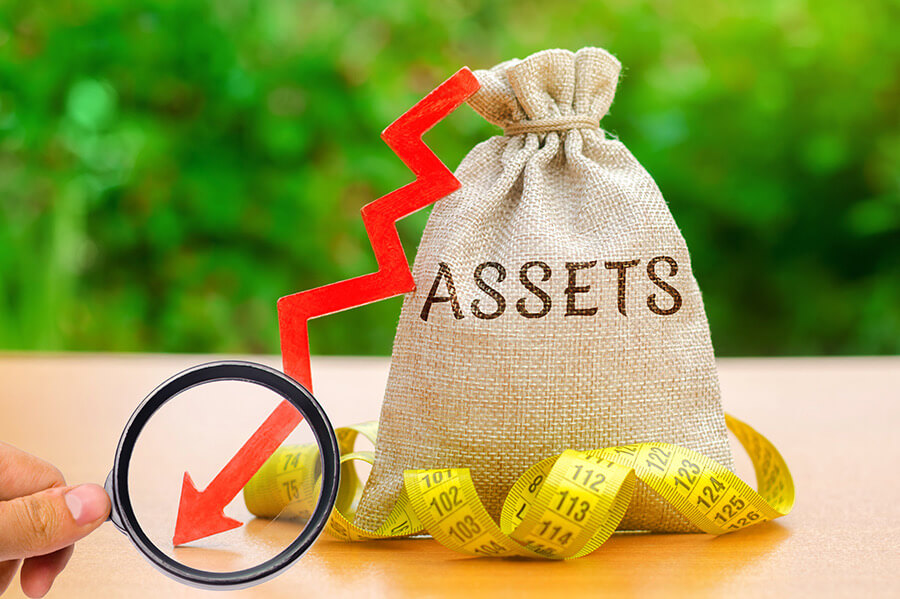One of the first things you need to understand when you run a business is the difference between assets minus liabilities. Each has a purpose and can be used to benefit the company in one way or another. The key is understanding how to utilize both to their fullest advantage.
It is essential that personal assets and liabilities be kept separate so that you will be able to have a fair representation of the business at all times. Knowing the exact financial state of your company is necessary if you ever try to obtain a loan for working capital or ask investors to boost your business.
Assets
Assets are the positives associated with your business. They are able to generate income or hold value that your company may be able to utilize in the future. There are several types of assets including:
-
Current
-
Fixed
-
Tangible
-
Intangible
-
Operating
-
Non-operating
All of these assets are capable of producing some level of income. Cash, intellectual assets, real estate, machinery, inventory, and intangible assets (reputation, powerful brand, marketing strategies, etc.) will all fall under one of these categories. Taking the time to know the value of your assets is essential if you want to operate your business efficiently.
Liabilities
A liability is an financial obligation that you owe to someone or some entity outside of your business. In most cases this involves some form of monetary debt. Monetary debts are normally grouped together under the heading of accounts payable. A cash flow statement is used to detail any money that comes into or goes out of the company bank accounts. There are also short-term and long-term liabilities.
Short-term liabilities are also referred to as current liabilities. They are primarily your liabilities that are due and owing each month like your utilities and payroll accounts. Long-term liabilities will include mortgages or long-term loans that must be paid for longer periods of time. Contingent liabilities are bills that are paid due to unforeseen events, like your furnace going out.
Assets Minus Liabilities
Balancing your assets minus liabilities is what helps your business prove its profitability. The net gain of your assets must be equal to or greater than the net loss of your liabilities if you want your company to be considered a good investment. This is why balance sheets are used.
Assets are listed in the column on the left and liabilities are placed on the right. Investors look at both sides of the equation to determine if your business is a good risk. Some may choose to invest if you allow them to step in and offer you the help you need to get things moving in the right direction.
Understanding Financial Investments
Financial investments can sometimes be difficult to understand. For your business, they mean improved cash flow and a direct increase in your assets or net value. For an investor, they may mean a good investment that over times may return double what they originally put into it.
Investors also have to accept the fact they may lose their money as well. This is a risk many are willing to take if they believe your company has the potential to do great things.
Taking a good look at your assets and liabilities will help you gain a better understanding of why it is so important to keep accurate financial records. An accurate balance sheet with a complete listing of your assets and liabilities will allow you to get the working capital you need to keep your company working efficiently.

